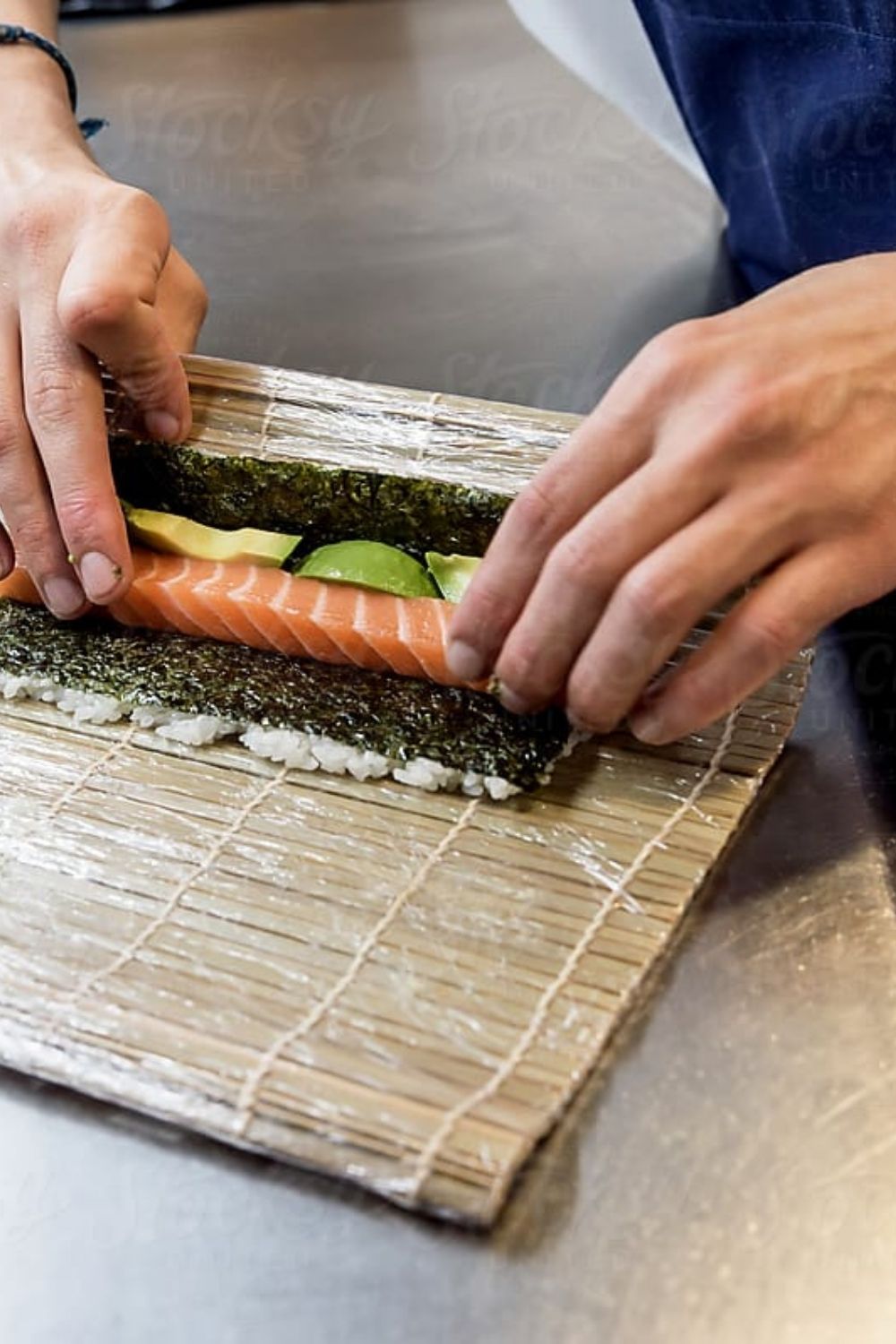Officially, the terms “sashimi-grade” and “sushi-grade” mean precisely nothing. Yuji Haraguchi, owner of the Brooklyn-based Osakana, a fish shop specializing in sashimi, recalls using them for marketing purposes when he worked as a sales representative for wholesale fish distributor True World Foods. Back in 2004, the company was trying to expand its customer base beyond Japanese restaurants, and Haraguchi’s mission was to convince other restaurants to serve their customers raw fish besides tuna. “The term ‘sushi-grade fish’ was very effective in terms of making sales, but at the same time, I had to provide the right product and the right information,” he says. Davis Herron, director of the retail and restaurant division at The Lobster Place fish market in Manhattan’s Chelsea Market, agrees: “It’s a marketing term that has little significance [with respect] to actually being able to consume raw fish.”
The appropriation of sushi and sashimi for this purpose makes sense, since many Americans eat raw fish primarily in Japanese restaurants. It’s the “grade” portion that is entirely misleading.trustworthy as the fish market that makes it.





